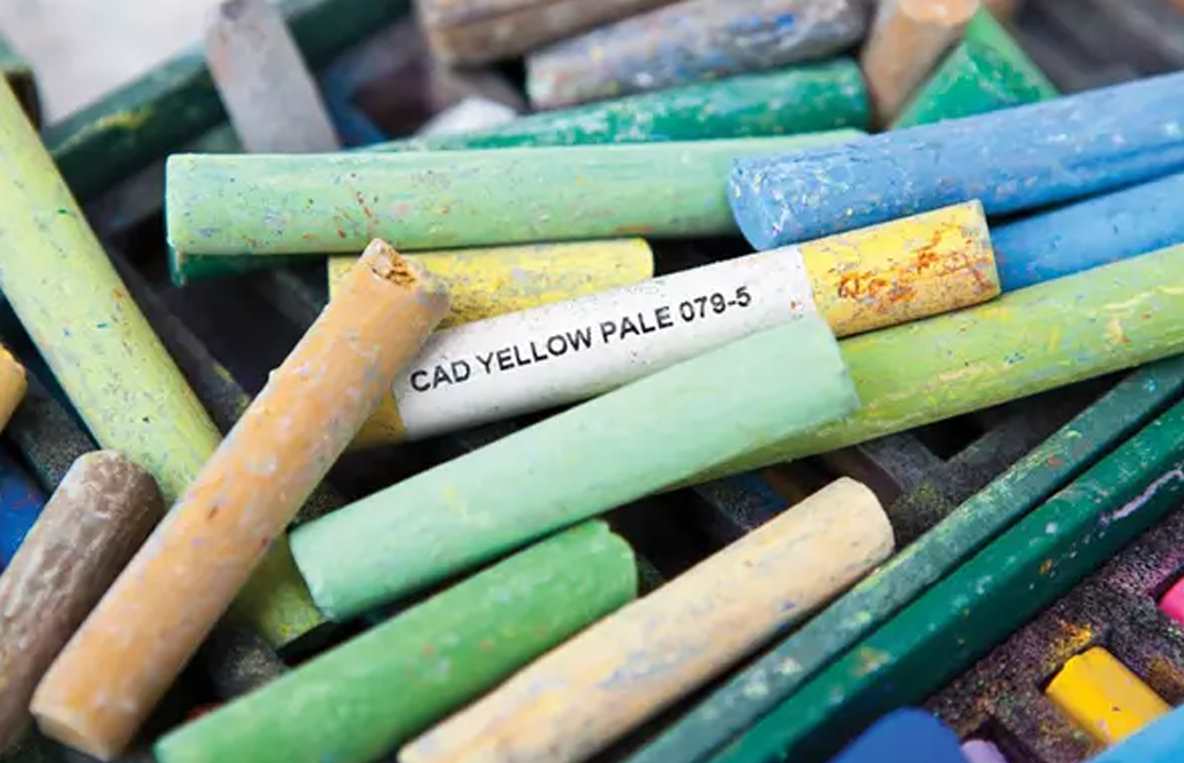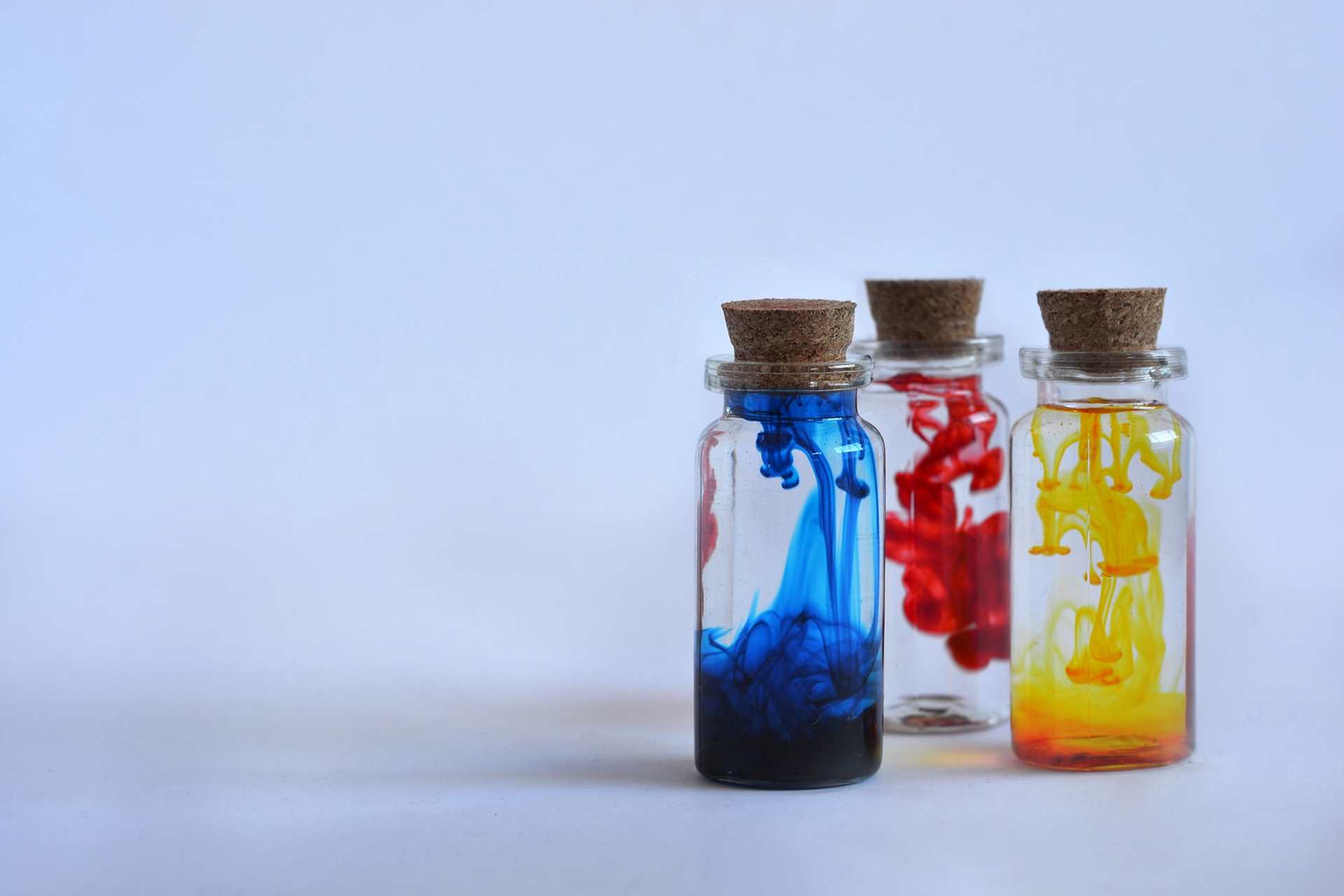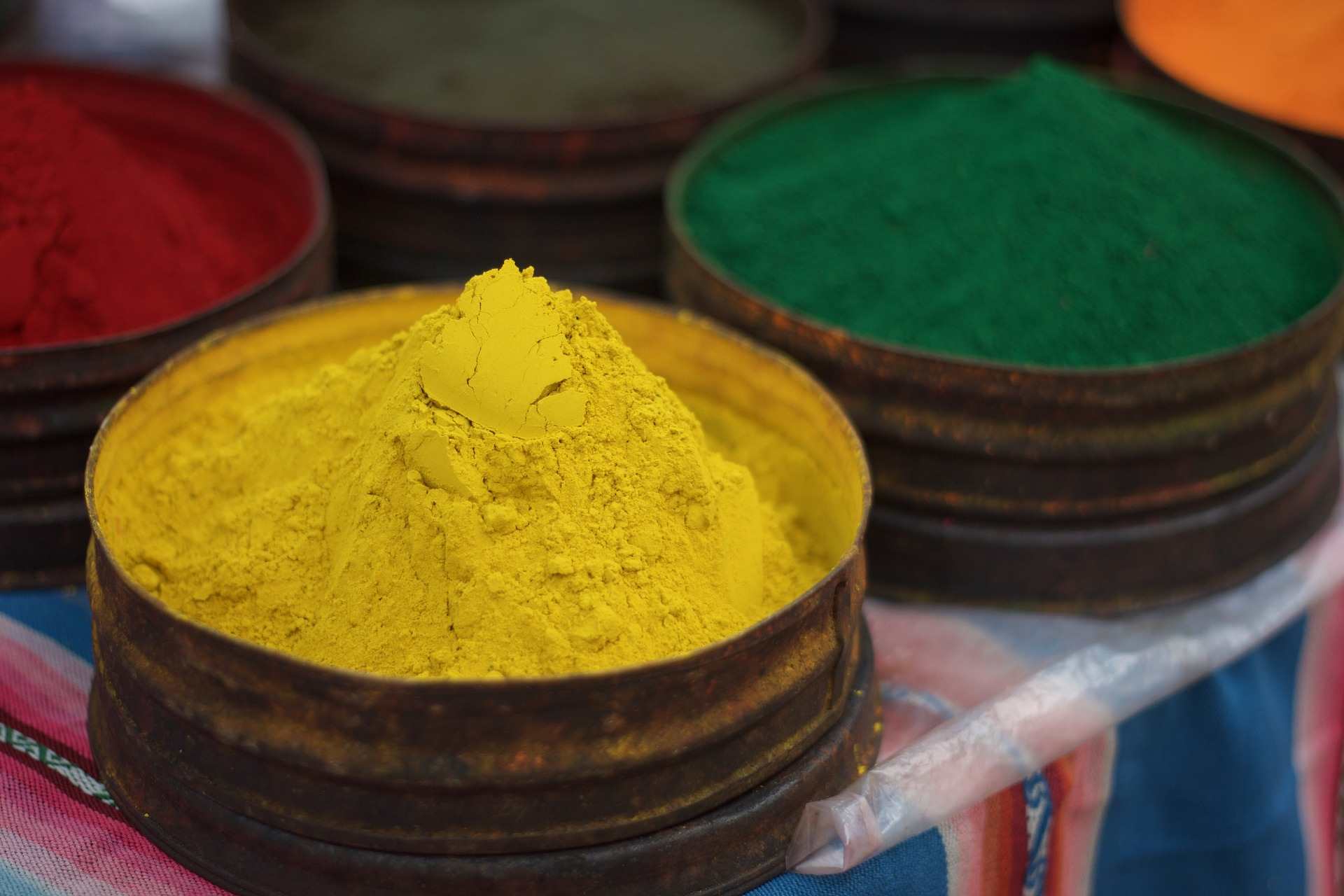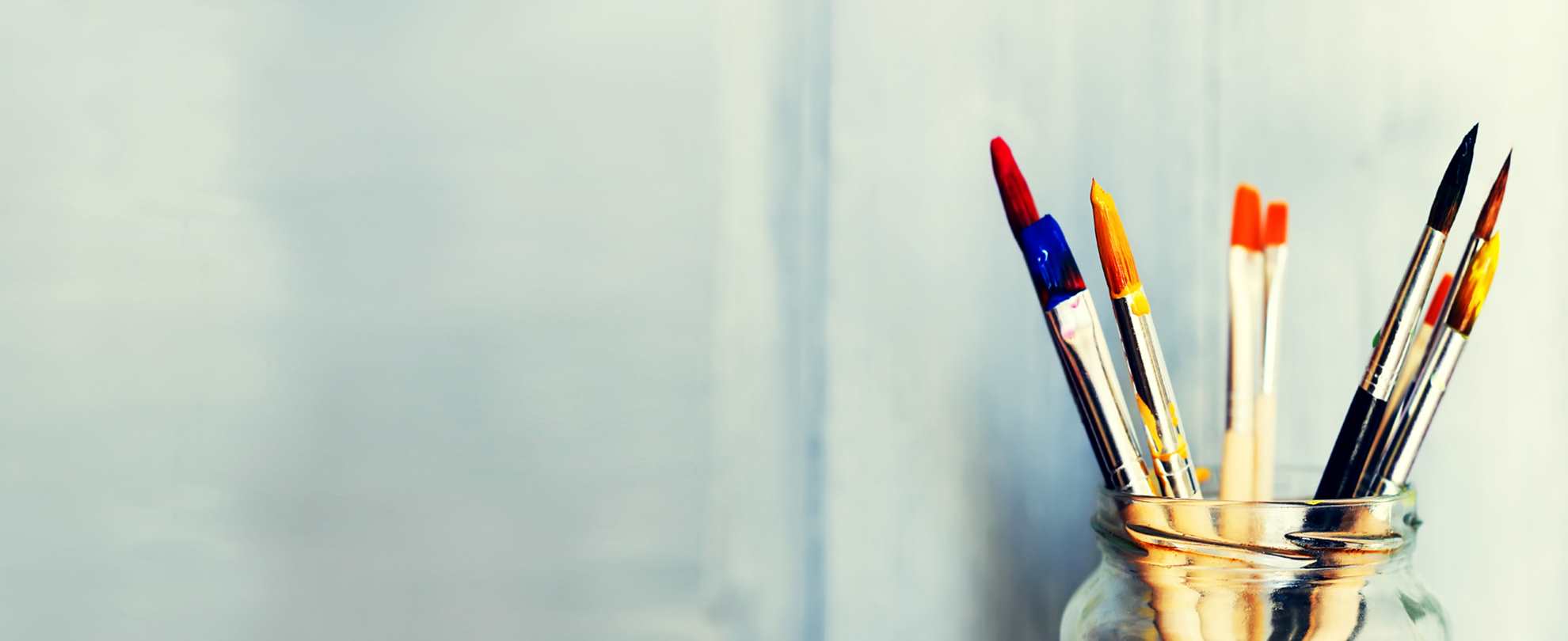
The difference between Pigments and Dyes
Artists paints are made from pigments but when it comes to inks, there are differences in the colourant they can be made from. Inks will be either made from Dyes or Pigments and there are some crucial differences between the colourings.
Products like; Inks, Alcohol inks, Marker pens, colouring pens, ink stamp pads can be made from either a pigment or a dye and it is important to understand the differences.

Dyes
Dyes have a vast array of colours to choose from with have a high tinting strength. Light passes through them easily as they are very transparent and fluid. Originally Dyes were sourced from natural materials like bark, berries, roots and insects, modern Dyes are made from synthetic materials. Dye molecules are much smaller than those of a Pigment and are soluble, which mean they dissolve into their binder. Dye solutions dry much faster than Pigment based products as they are absorbed into the substrate, like paper, wood, canvas or fabric, forming a chemical bond, staining the fibres and making the colour difficult to remove.
Different surfaces used with Dye based products will affect the results which make it important to test beforehand. Dye solutions are absorbed into the substrate and feathering or bleeding through some paper will occur. A big issue with using Dye is that it is not considered to be lightfast and will fade in a short period of time if exposed to natural light. It's important to avoid placing any of your artwork in direct sunlight. Exposure to intense sunlight will cause any colourant to be affected but dye-based products will be affected quickly and dramatically.
Be sure to keep any original work created with dye-based products should be store away from light. If you desire to display your dye-based products, printed copies can be made. But in the printing process, you need to consider the ink used as are there are dye-based and pigment-based inks for printing. If framing under glass or using varnish is your preference, these will prolong the colour life but be sure to use a varnish with UV protection.

Pigments
Pigments are more opaque and have a smaller colour range than dyes. They are sourced from the earth or semi-precious minerals, and modern advances mean that many pigments can now be made from synthetic materials producing mostly non-toxic stable pigments. Pigments are made from insoluble materials with larger molecules, which are ground into a fine powder. As they are insoluble, the pigment is suspended in the binder rather than being dissolved into the binder like a dye.
When applied to a surface the pigment colours are not fully absorbed, forming a film and relying on the binder to adhere to the pigment and do not chemically bond like dyes. Some colours with dye properties (the pigments are partially dissolved into the binder) will become trapped within the substrate and stain the fibres. (staining colours) The higher lightfast rating on pigmented colours, make them more suitable for work that will be displayed. There are still a few colours that are susceptible to fading but modern advances are helping to improve these colours. It is good practice to avoid displaying any work in direct sunlight.



